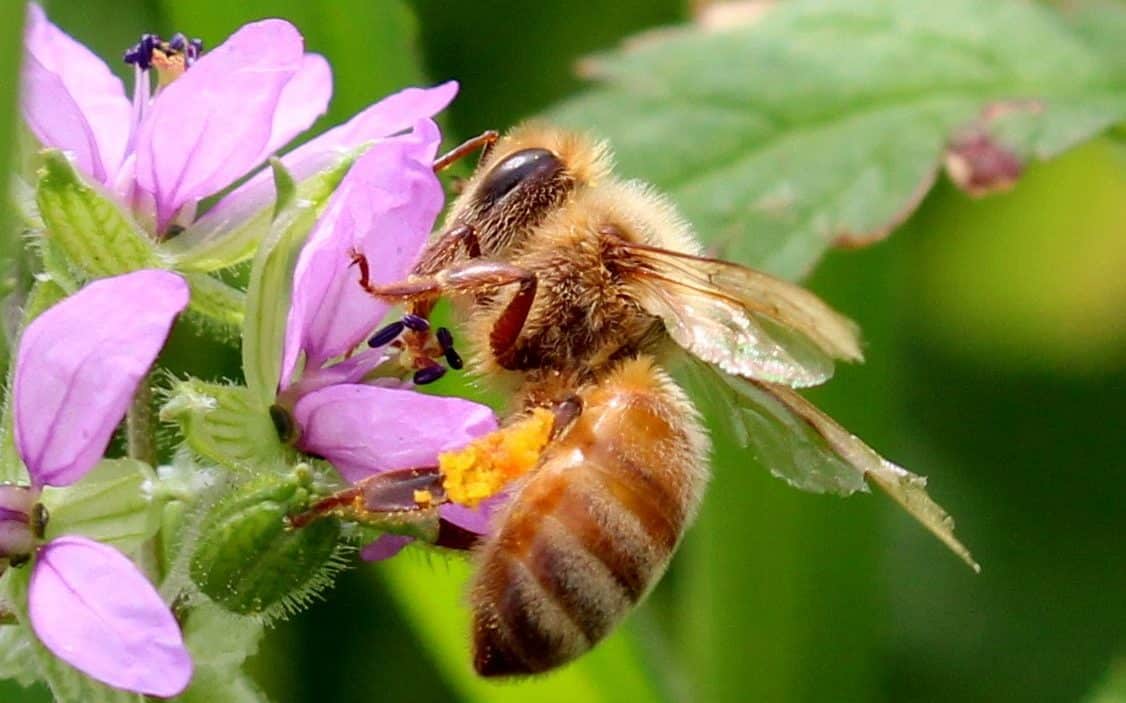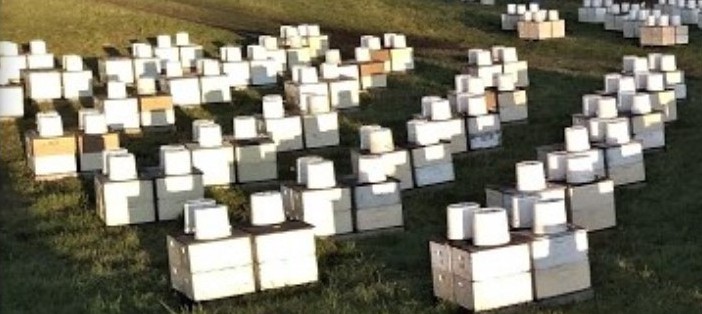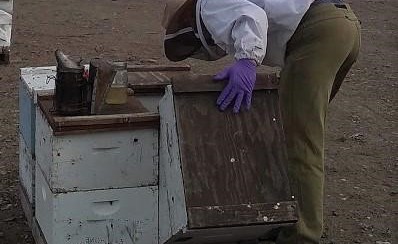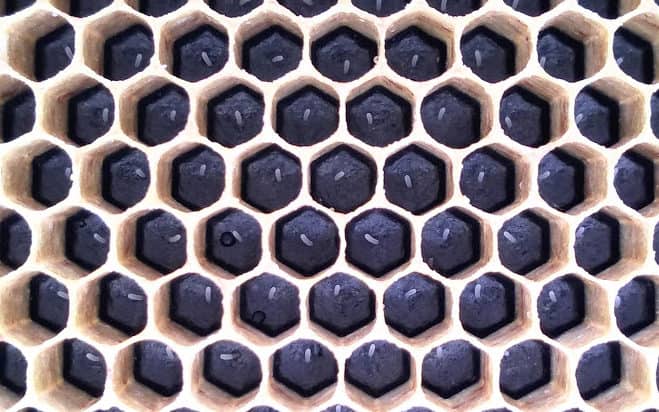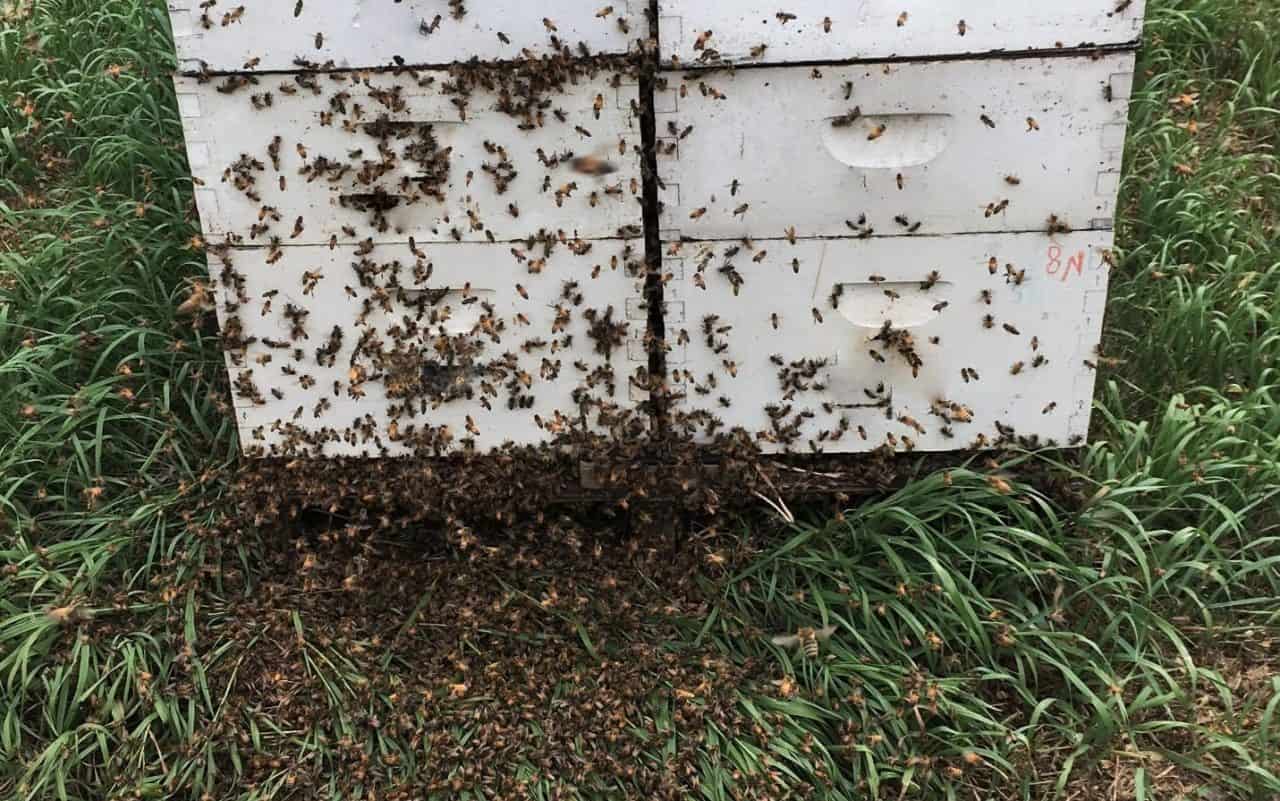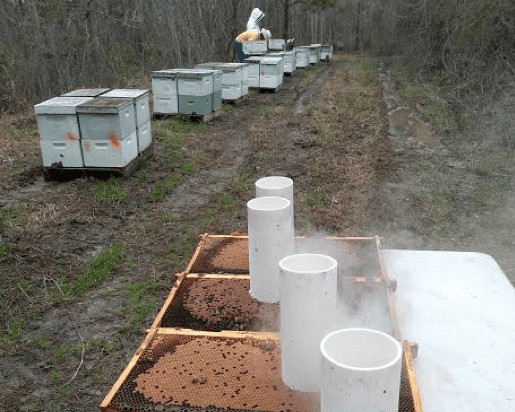Honey bees need an abundance and diversity of floral resources to grow and thrive throughout the season. In areas of intensive agriculture, like the almond orchards of California, forage can be scarce before and after the primary cultivated crop blooms. One of the pollinator friendly plants that is often seen in and around orchards and agricultural fields is mustard. The common appearance is due to both deliberate planting as a cover crop and the plant spreading through self-sowing. There is a great deal of research going into developing cover crop seed mixes to supplement forage before and after almond bloom. Many of these seed mixes…
Author: Dan Wyns
A Look At Filaree As A Forager Food
The vast majority of the commercially managed honey bee colonies in the United States spend February and a portion of March pollinating almonds in the central valley of California. Almond pollen is very nutritious, and colonies build well on it when favorable weather conditions prevail during bloom. The weather during almond pollination season in 2020 was very favorable, and colonies made significant increases in both population and food reserves during the bloom period. While warm and dry conditions this year led to a good nut set, it did mean that bloom progressed quickly, and once finished there were limited flowers available. By working in various…
A roof over their heads
A colony of bees is fairly loose in their requirements of a cavity to live in. Basically they need a space of a suitable volume with a defensible entrance and enough protection from the elements so they can maintain an internal environment to survive in good health. A lid for the hive helps meet this last requirement by helping to retain heat and exclude precipitation. At its simplest, a lid can just be a piece of plywood or other material that provides coverage to the top of a hive. Beyond meeting the basic needs of the colony, beekeepers have added modifications to lid and cover…
Look Down
Separating a hive from the bottom board and tilting it forward is a useful first step before proceeding further with a colony inspections for several reasons. A tilt allows you to assess the overall weight of a hive while letting the bottom board carry the weight. Tilting also facilitates looking at the bottom bars to assess the coverage and density of bees allowing for a population estimate to be made. These are both valuable pieces of information that allow broad inferences about colony health to be made, but tilting the hive forward before proceeding further also allows you to examine the state of the bottom…
More Five Dollar Bee Words
I am fortunate to spend a lot of time reading and listening to a lot of beekeeping and bee science topics which inevitably leads to coming across terms I have to look up. A couple years back I compiled a list of these challenging words and turned it into a Five Dollar Bee Words blog. Since that post I've continued to encounter words that have sent me to the dictionary so I've put together another list. Chorion is the flexible membrane surrounding honey bee eggs that is absorbed as the egg grows into a larva. Dioecious plant species have a separation of male (pistil) and…
What Robbing Looks Like
Most new beekeepers find out about robbing the hard way when they either spend a little too long poking around in colonies at the wrong time of year, arrive in a bee yard already to find a frenzy of activity around hive entrances, or encounter the aftermath in the form of dead colonies and empty hives. Robbing can be particularly bad in the late summer and fall when several conditions align, leading to high potential for robbing. These triggering conditions include nectar dearth after a main flow, large colony populations with a high proportion of foragers, temperatures suitable for intense flight activity, and potential for…
BIP Helps Breed Hygienic Honey Bees
Like other livestock breeders, queen producers are constantly working to improve the quality of stock they produce. When determining which colonies to graft from breeders will evaluate colonies on a variety of traits including productivity, fecundity, and temperament. Traditionally, selection has focused on breeding from colonies that produced large honey crops, reared abundant brood, and behaved in a docile manner. As pest and disease pressures have increased in recent years breeders have increasingly incorporated hygienic behavior as a criteria for selection. Hygienic behavior is a trait that helps colonies control several stressors including American Foulbrood, chalkbrood, and Varroa mites. Hygienic behavior is identified by performing…
Empty Calories
Somewhere early on in a “Beekeeping 101” class you’ll learn that honey bees forage for 4 things: nectar, pollen, propolis, and water. The nectar and pollen become honey and bee bread to provide sustenance. Propolis is used as a structural component and also contributes to colony health through immunological activity. Previous blog posts about propolis here and here provide more information. Water is necessary for a variety of purposes including preparation of brood food and evaporative cooling. So in addition to water, bees need 3 substances produced by plants. But do they collect anything else? Of course they do. If you’ve ever seen open syrup…
Lazy bees?
Honey bees have long been admired by humankind for their industriousness. The beehive has served as a symbol of organization and hard work throughout history, and common sayings like “busy as a bee” that persist today indicate we still perceive bees to be hard workers. The state of Utah has been particularly fond of the beehive analogy. It officially adopted the beehive as the state emblem in 1959, although it featured the beehive on its seal as early as the 1850s when it was still a territory. The city of Manchester, England adopted the worker bee as an emblem during the industrial revolution, and a…
Almond Math
There are plenty of quick stats you come across working around bees: At peak population, a strong colony can have over 60,000 individual bees. A queen is capable of laying more eggs in a day (up to 2,000) than there are minutes in a day (1,440). A single bee can produce 1/12 tsp honey in its lifespan and may cumulatively travel 500 miles during the several weeks it spends as a forager. Despite annual losses in the 30-40% range, the total managed colony numbers remains fairly constant at about 3 million. The American bee industry is inextricably linked to the almond industry. Every year, about…

